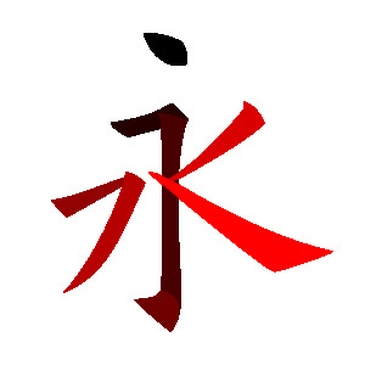The Checker Maven
Jump to navigationProblem Composing Contest 59: Compound Strokes

In Chinese calligraphy, characters are formed from basic strokes and compound strokes of the writing instrument. The basic stroke involves one movement of the instrument while the compound stroke involves more than one.
In checkers, there are compound strokes as well. We'll let Mr. Bill Salot explain them as part of Unofficial World Championship Problem Composing Contest #59, which is now active and available on the contest page. Four tantalizing and action-packed problems by some of today's finest and most talented composers await your solving pleasure.
Be sure to vote for the one you think best.
Here's a sample of a compound stroke problem. It was the winner of Contest #44.
Leo Springer
BLACK

WHITE
White to Play and Win
W:WK1,K12,17,19,23,26,K30:B6,K10,11,14,K21,K24
See if you can sight solve it; lacking that, set it up on your board and try moving the pieces around. But there's no need to compound your frustration; pounding your mouse on Read More will show you the solution.![]()
Solution
*26 22---A, 24-15, *23 18, 14-23, *12 8, 21-14, *22 18, 15-22, 8-15, 10-19, 1 26, 23-27, *26 23, 19-26, 30 32, White Wins.
A---Brian Hinkle has used KingsRow to demonstrate a dual solution to this problem: 12-8 24x15 26-22 White Wins.
Our thanks to Mr. Salot for sending us this problem as well as for his ongoing series of spectacular competitions.
You can email the Webmaster with comments on this article.
